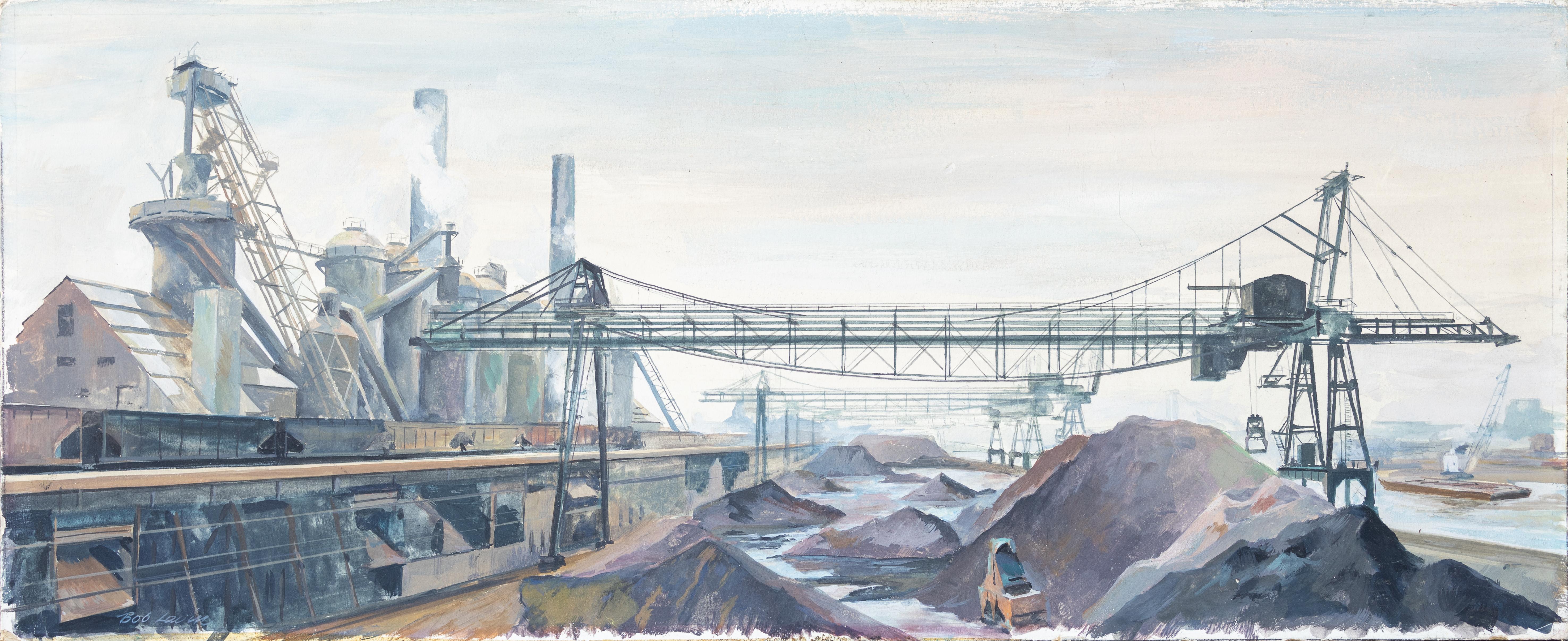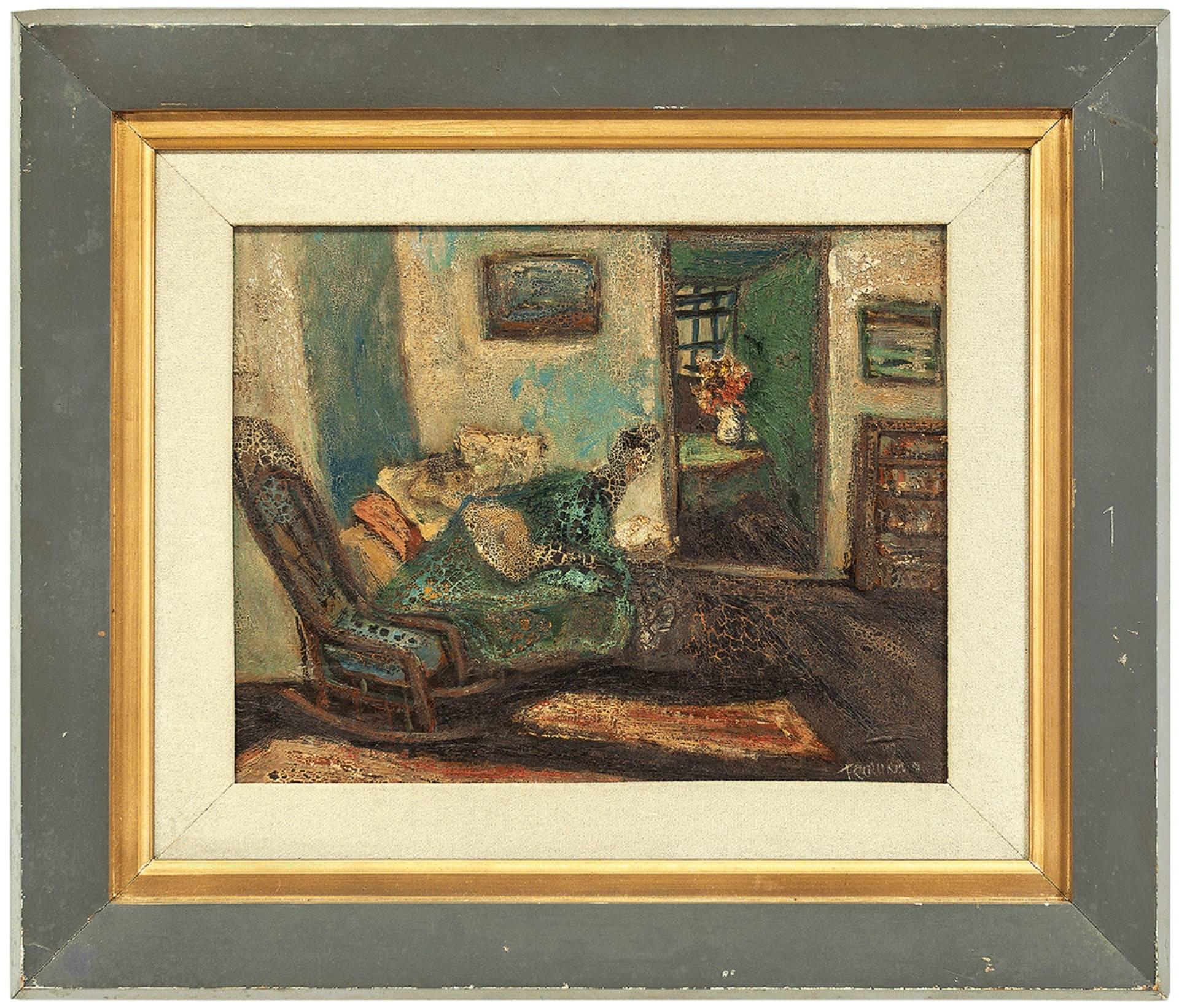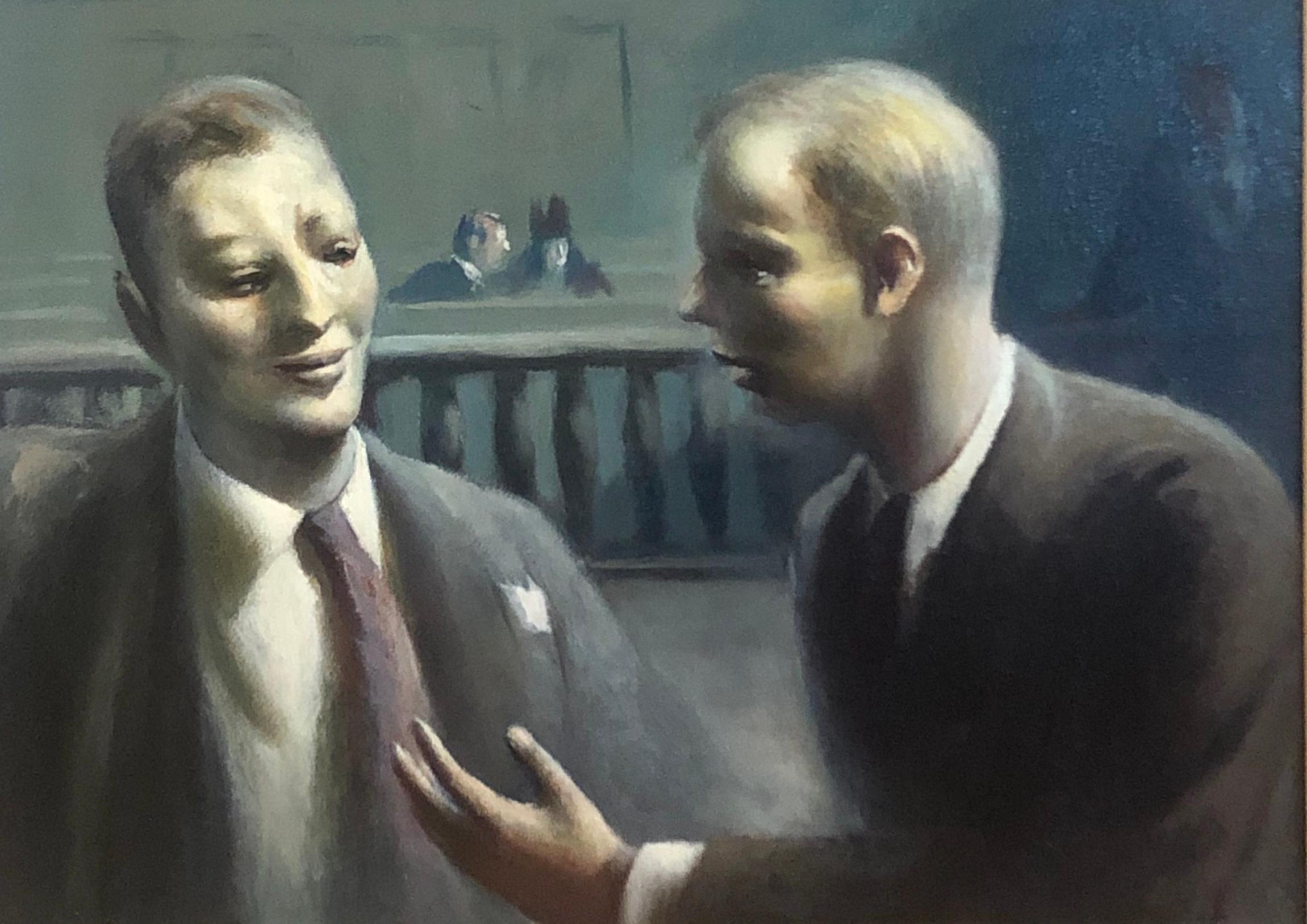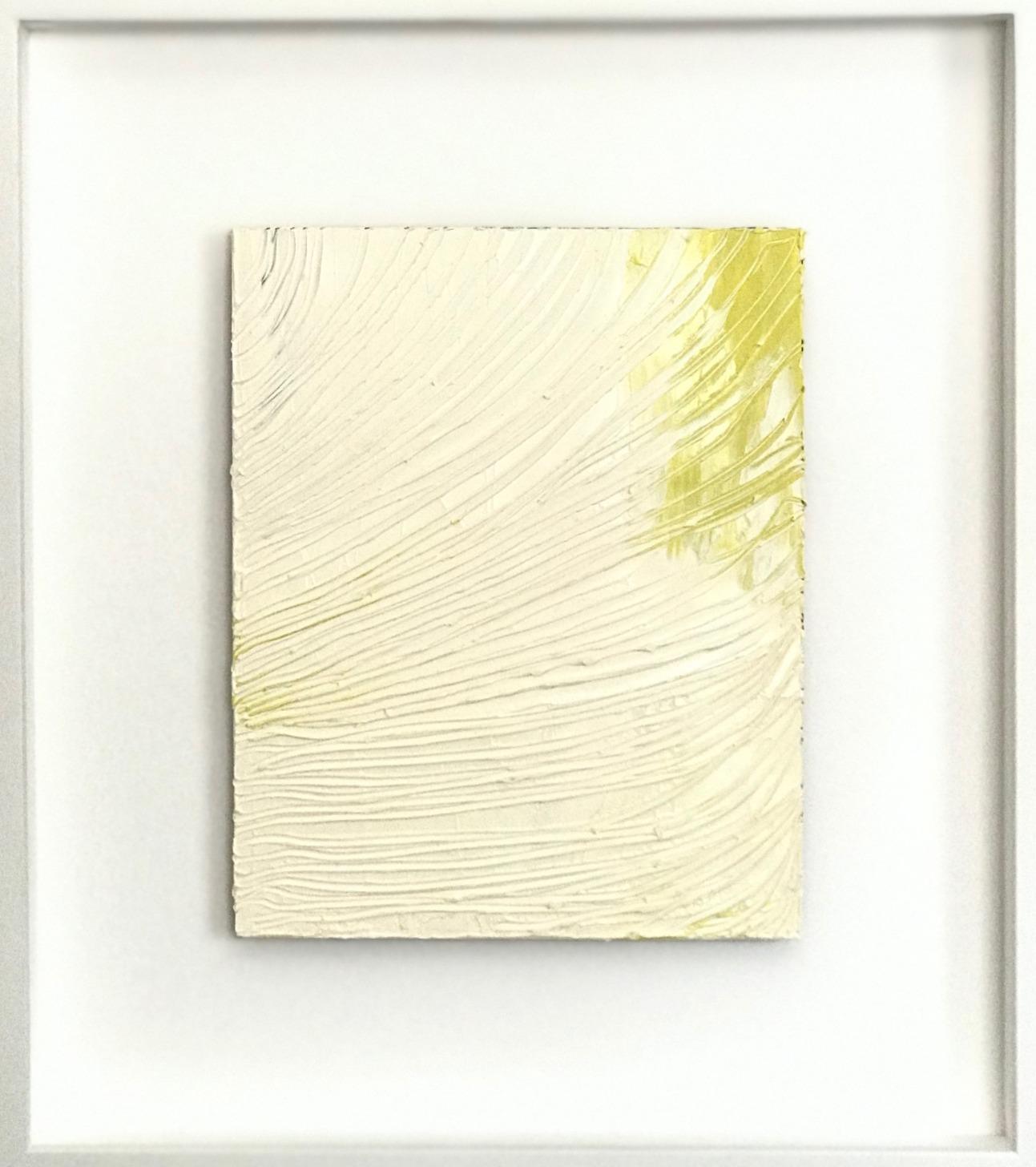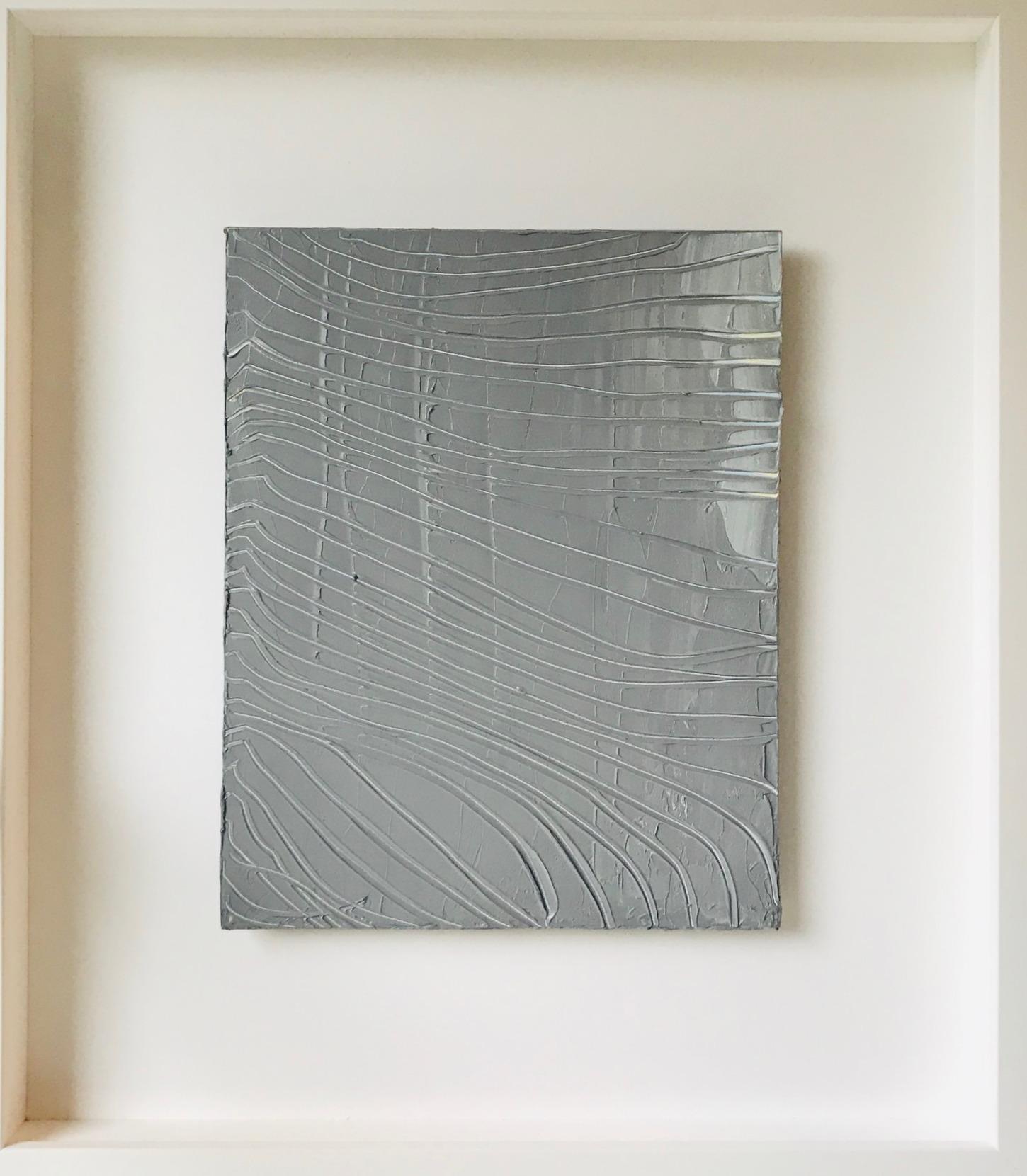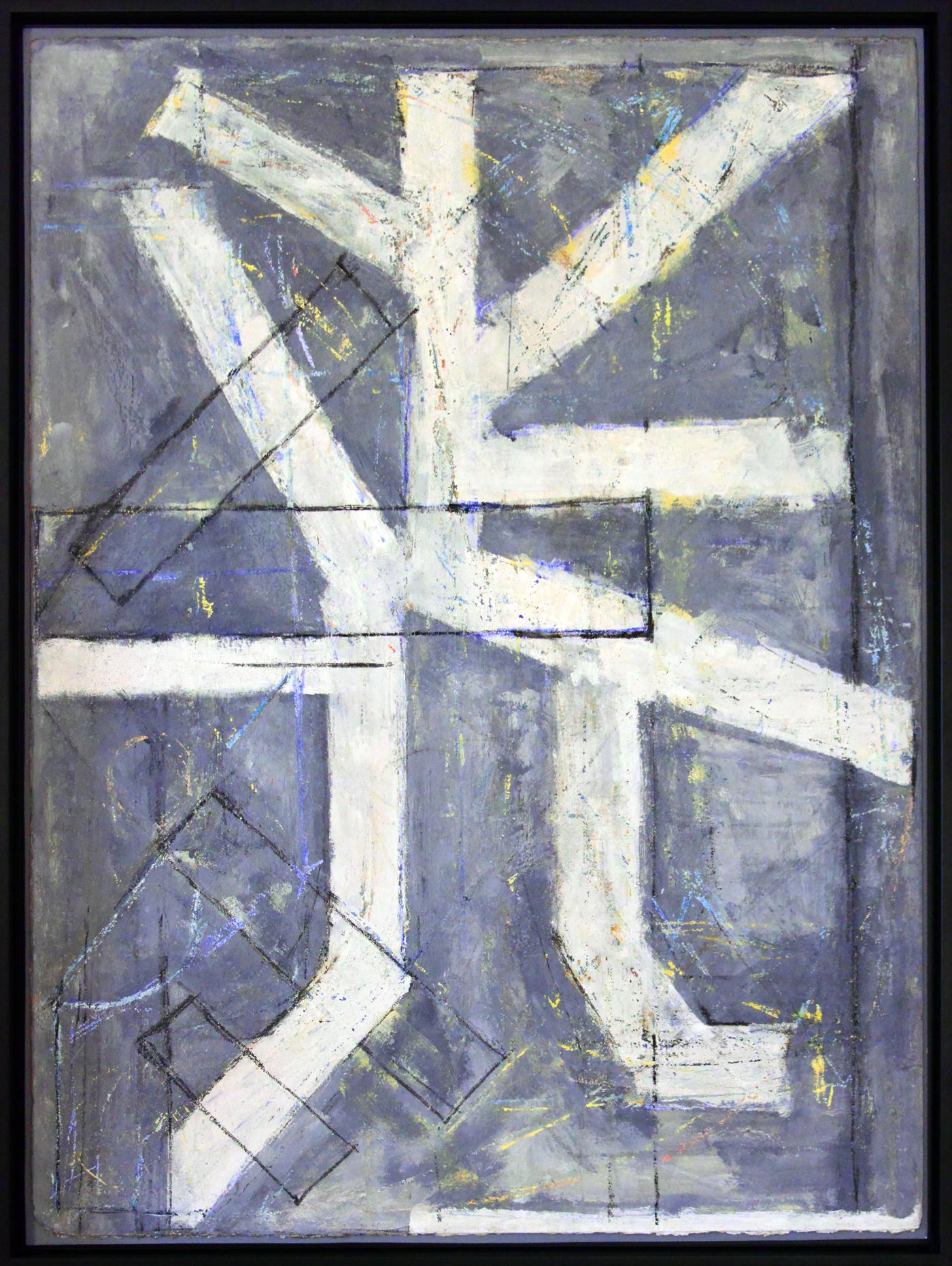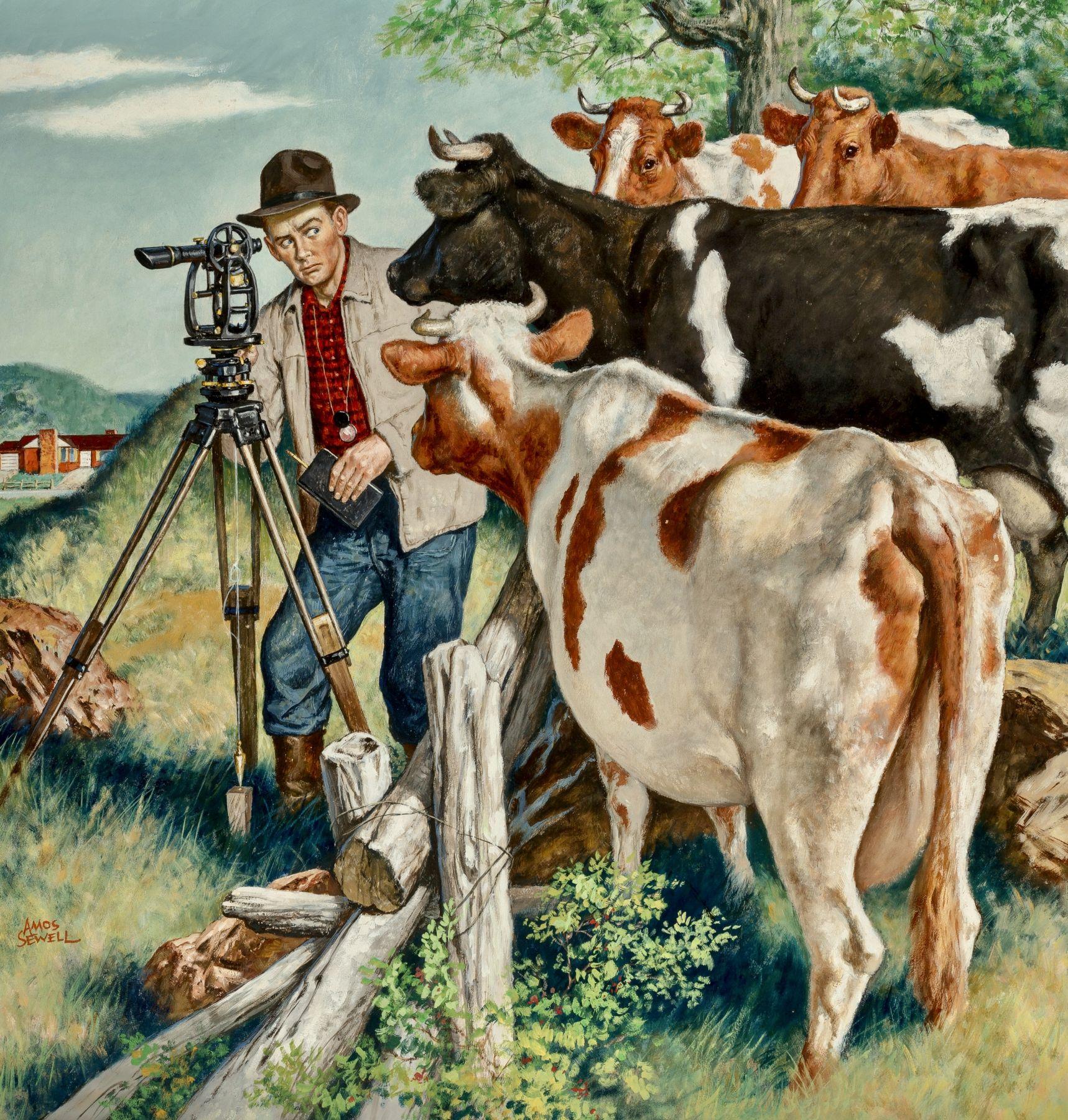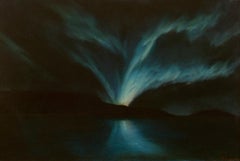
Les petits marins, oil paint on board
View Similar Items
1 of 8
Philippe Charles JacquetLes petits marins, oil paint on board2015
2015
About the Item
- Creator:Philippe Charles Jacquet (1953, French)
- Creation Year:2015
- Dimensions:Height: 15.75 in (40.01 cm)Width: 15.75 in (40.01 cm)
- Medium:
- Period:
- Condition:painting is framed.
- Gallery Location:Boston, MA
- Reference Number:1stDibs: LU42331653713
You May Also Like
- "Shipyard" Realist Industrial LandscapeBy Robert LavinLocated in Austin, TXThis painting is a 20th century realist landscape depiction of a shipyard by Robert Lavin. The piece is executed in oil on board and measures 10" x 24". Robert Lavin was born in New York City. His education included Townsend Harris, a prep school in New York followed by college at City College of New York. He also attended the National Academy of Art, where he studied as a painter. Studying the social realists of the 1930’s, Lavin, a former Marine pilot, portrayed steelworkers, roughnecks and trainmen. Lavin often painted his “proletarian ballets”- as one critic called them – to illustrate magazine advertisements. The Smithsonian Institution and other museums collected Lavin’s original paintings, which portrayed the laboring subjects with dignity and integrity. Lavin also illustrated stock certificates and books. Paper Money magazine praised him as “one of the greatest vignette artists of the 20th century.” In addition to this, Lavin was for a number of years an Associate Professor of Art at City College of New York, a position he left in the mid ‘60’s in order to devote himself full time to his painting. His commissions took him around the world, from the North Sea to the coast of Africa, from the slopes of Alaska to the Sea of Japan. As part of a series for Gulf Oil, he painted the royal family of England for the opening of a new refinery in Wales. Another portrait of one of the early Americanastronauts, appeared on the cover of Time Magazine. Other major commissions during these years included Readers Digest books...Category
20th Century American Realist Landscape Paintings
MaterialsOil, Board
Price Upon Request - Abstract Interior SceneBy Abram TromkaLocated in Surfside, FLMeasures 16.5 X 20 without frame. heavy craquelure. it seems like some sort of experimental technique the artist used. paint is stable. please see photos Abram Tromka was born May 1, 1896 in Poland. At the age of seven he immigrated with his family to the United States, settling in New York City. It was on the boat coming to New York where Tromka first became interested in art. Fascinated by a woman who was painting, he decided that he wanted to become an artist. Upon arrival at immigration headquarters, Tromka’s family adopted the surname “Phillips,” which he kept until 1930. Hence the artist’s early works bear the signature — ‘A. Phillips.’ Having a rough childhood, Tromka left home at 15 and spent the remainder of his teenage years living at the Henry Street...Category
20th Century Modern Abstract Paintings
MaterialsOil, Board
- Lights of the AuroraBy William BradfordLocated in New York, NYSigned lower right: W BradfordCategory
Late 19th Century Hudson River School Landscape Paintings
MaterialsOil, Board
$375,000 - Miner Hillard Milling CompanyBy George William SotterLocated in New York, NYSigned lower right: G.W. Sotter; on verso: MINER HILLARD / MILLING Co.Category
Mid-20th Century American Impressionist Landscape Paintings
MaterialsOil, Board
- Guy Pene du Bois WPA American Modernism Realism NYC Scene Oil Lawyers in CourtBy Guy Pène Du BoisLocated in New York, NYGuy Pene du Bois' "Two Figures in Courtroom" is a WPA era American scene oil painting created in a realistic style. Modernism at its best The work is framed by Heydenryk. Pène du Bois descended from French immigrants who settled in Louisiana in 1738 and was raised in a Creole household. He was born in 1884 in Brooklyn, NY and first studied with William Merritt Chase at the New York School of Art and later continued his training with Robert Henri. Pène du Bois was greatly impressed with Henri's credo that "real life" was subject matter for art and throughout his life a realist philosophy informed his art as well as his parallel career, art criticism. In 1905, Pène du Bois made his first visit to Paris where he painted scenes of fashionable people in cafes rendered in the dark tonalities and impasto associated with the Ashcan School. By 1920, he had achieved his mature style, which was characterized by stylized, rounded, almost sculptural figures painted with invisible brushstrokes. The subjects of his paintings were often members of society whom he gently satirized. In 1924, Pène du Bois and his wife, Floy, left for France where they would remain until 1930. Returning to America showcases pictures the artist produced after this very productive period abroad. After five years of living in France, Pène du Bois was able to observe American life with fresh eyes. His work becomes more psychologically intense and less satirical. In Girl at Table a slender, blond is shown gazing at a small statue that she holds at arm's distance. The meaning is elusive, but a powerful sense of longing is evoked. Similarly, paintings such as Dramatic Moment and Jane are taut with unresolved dialogue. Both pictures depict mysterious interiors in which a lone woman anxiously awaits the denouement of a suspenseful scene. Other pictures, for example, Chess Tables, Washington Square and Bar, New Orleans, recall Pene du Bois's Ashcan origins in their depiction of urban entertainment. During this period, landscape becomes an important subject for Pène du Bois. Girl Sketching...Category
1930s American Modern Figurative Paintings
MaterialsPaper, Oil, Board
- Kimono with Heron, Ivory and Yellow-GreenBy Diana GreenbergLocated in New Orleans, LADiana Greenberg’s abstract color field paintings are meditations on rhythm and color found in nature. Her intuitive process begins by taking inspiration from striking color combinat...Category
2010s Abstract Abstract Paintings
MaterialsBoard, Oil
Price Upon Request
